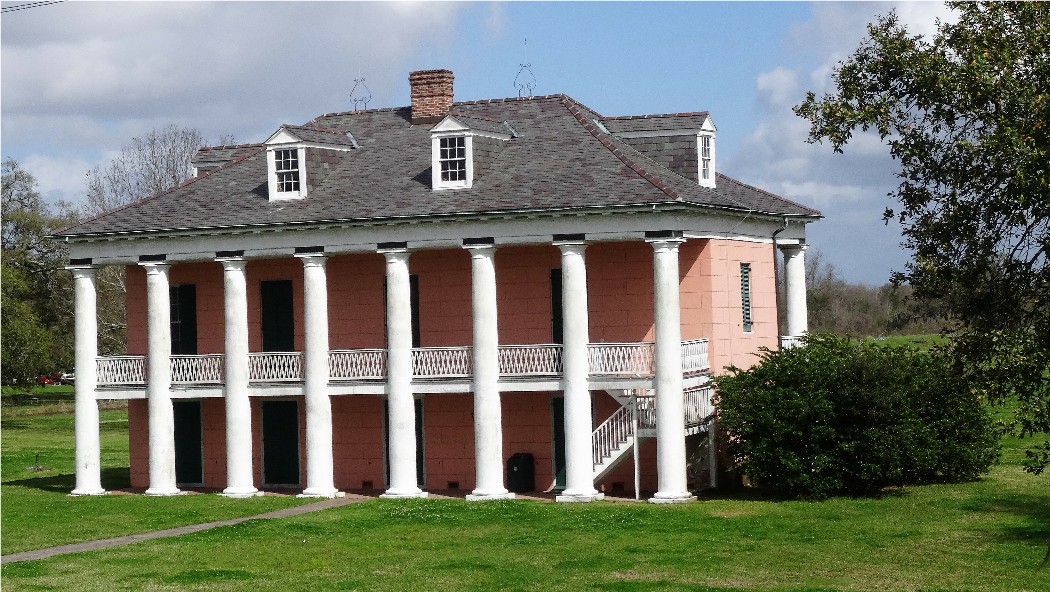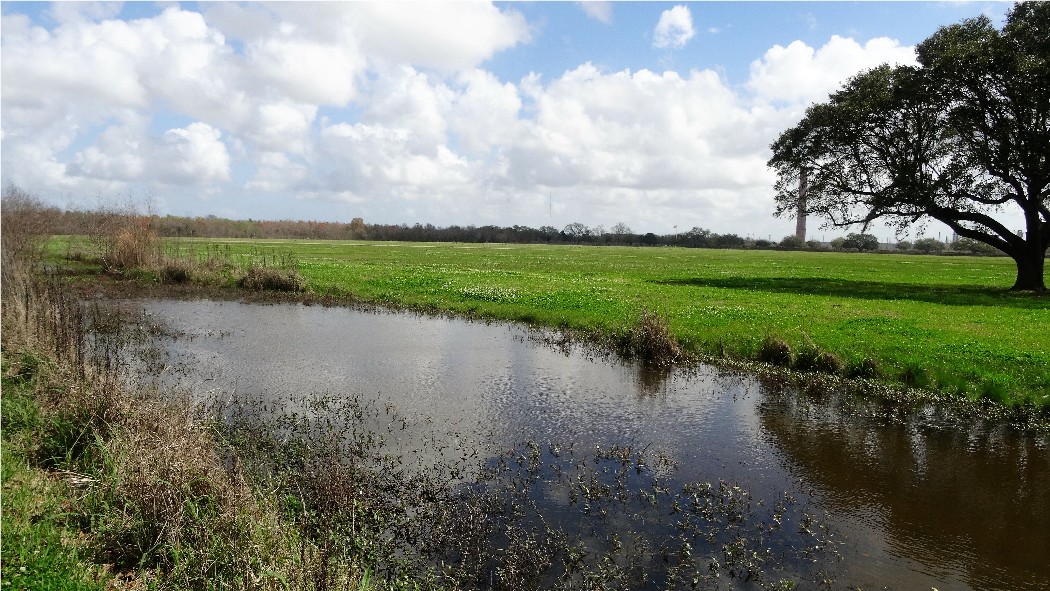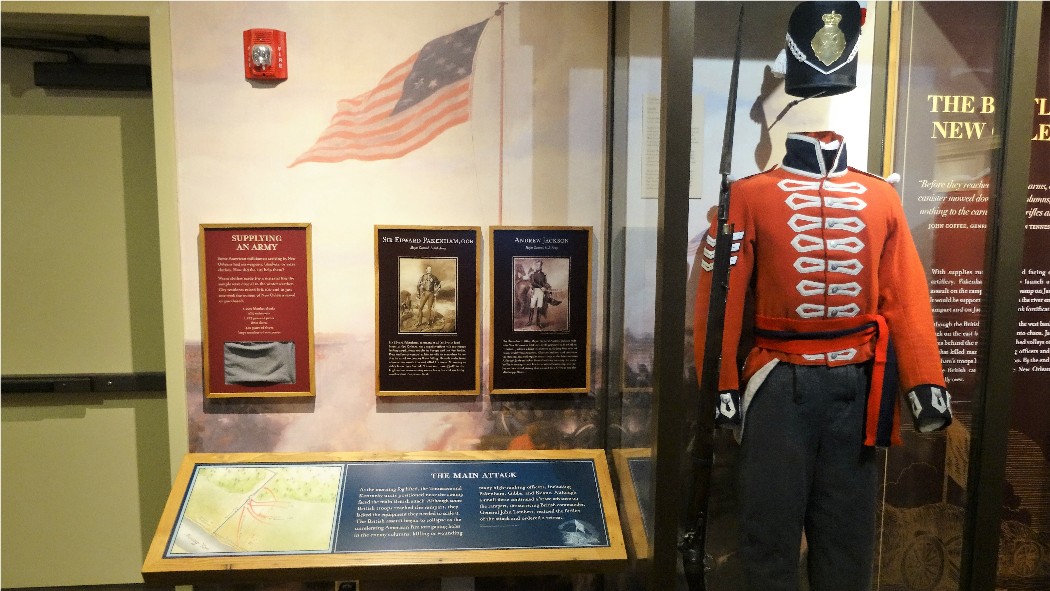Chalmette Battlefield
The Chalmette Battlefield is the site just outside of New Orleans where the Battle of New Orleans took place in the War of 1812 between American troops and the British.
The Battle of New Orleans was the third and final advance by the British in the War of 1812 which was fought to secure US maritime rights, reduce British influence and to pave the way for the US to Annex Canada. This was much of a stalemate in the first two years but in 1814, following the defeat of Napoleon, the British were able to reinforce its army in the Americas which resulted in the burning of Washington, DC.
New Orleans was an important port, so the British plan was to attack and capture it, as its location would enable them to control the mouth of the Mississippi River, which would have a significant effect on the economics of the area and hamper US expansion. This would then enable them to use New Orleans to obtain a favourable peace treaty from the Americans.
The action began in late December 1814 when 10,000 battle hardened British troops under the command of Major General Sir Edward Pakenham moved from Lake Borgne towards New Orleans. To oppose them the American force consisted of 5,000 regular troops, state militia, and some volunteer soldiers. They were also joined by a number of pirates and privateers from Barataria Bay who smuggled slaves and other goods. These were commanded by Jean Lafitte who was later pardoned for his illegal activity due to his contribution of men, artillery and information to the American force. The combined American forces were under the command of Major General Andrew Jackson.
The lead up to the engagement began when the British landed nine miles down river from New Orleans on 23rd December. Jackson mounted a night attack on the British where their advance was halted. Following this the Americans withdrew to the Rodriquez Canal to prepare a defensive position using its banks as cover.
The Rodriquez canal bordered one side of the Chalmette Plantation which ran between the Mississippi River and a cypress swamp forming an ideal barrier to the advancing British troops. The canal was enlarged by the Americans with the earth placed to form a rampart on the side several feet high and of sufficient thickness to withstand canon fire.
On 8th January 1815 Jackson attacked the American defences sending 7,000 against them in a full- frontal attack, but they were cut down by the American small arms and artillery fire. The battle lasted less than two hours before the British were forced to retreat. Within that time the engagement had cost the British more than 2,000 troops either killed, wounded or taken prisoner, include Pekenham and many of his high-ranking officers who were killed in the action. The Americans casualties were less than 20.
This engagement led to the retreat of the British and ultimately to their complete withdrawal from America.
Following a visit by Andrew Jackson in January 1840 on the 25th anniversary of the battle, the cornerstone of the Chalmette Monument was laid. Construction started in 1855 with the monument being completed in 1908. This stands near the visitors’ centre which includes a museum telling the story of the battle and the events that led up to it.
Around the site are information boards explaining the events, the layout of the forces, the American defences, and the historical events following the battle. Also, to be seen is the Malus-Beauregard House, which was built 20 years after the battle in the mid-1800s Greek Revival style, which bears the names of the first and last owners of the property.
Adjacent to the battlefield is the Chalmette National Cemetery which covers an area of 17.5 acres. This was established in May 1864 for Union soldiers who died in Louisiana in the American Civil War but ultimately was used for both Confederate and Union forces. After the Civil War the remains of nearly 12,000 soldiers were brought to the cemetery from scattered graves around the State. The cemetery also holds the remains of veterans of the Spanish-American War, World Wars I and II and Vietnam. In addition, it contains the remains of four Americans who fought in the War of 1812, one of whom fought in the Battle of New Orleans. Though now closed to new interments, it is the final resting place of over 15,300 veterans and casualties of American military campaigns. The cemetery was transferred to the stewardship of the National Park Service in 1933. Both the cemetery and battlefield were listed on the National Register of Historic Places on 15th October 1966.




